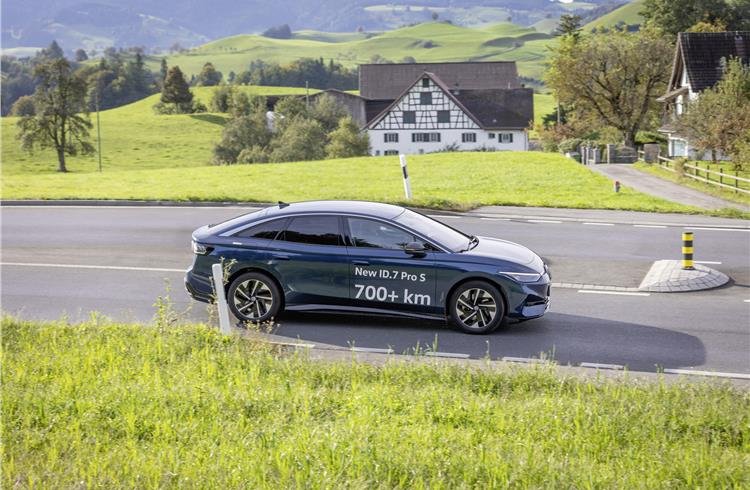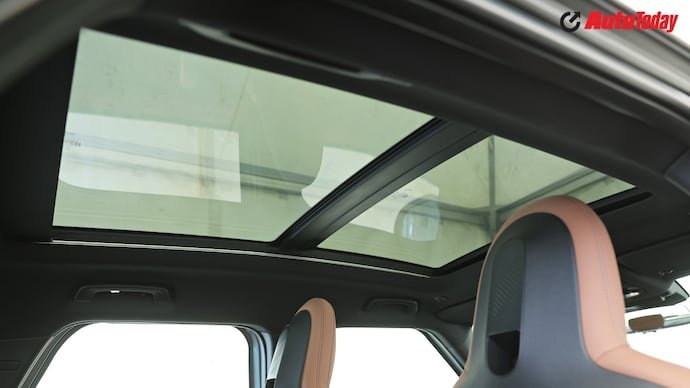2024 Kia Carnival review: Manners make the van

Although there have been incremental enhancements across the board, the increase in price appears to be disproportionately high.
The Kia Carnival’s introduction in February 2020 was a bold move for the brand, which had just entered the Indian market six months prior. Despite the success of its initial offering, the Seltos, Kia was still establishing its reputation in the country.
It seemed implausible to introduce a high-end diesel MPV surpassing the renowned Toyota Innova Crysta, especially with a decision to invest in local manufacturing. Despite its relatively modest sales of around 3,600 units annually, the vehicle established a unique market presence, compelling enough to justify a follow-up model amidst Kia’s broader product lineup.
The 2020 Carnival in India actually belonged to the global 2014 model (Gen 3: YP) nearing the end of its lifecycle, a fact not widely known. Interestingly, while the next model (Gen 4: KA4) was being introduced in other markets, the YP continued its run in India until April 2023, when it finally bowed out due to the BS6 Phase II emissions regulations.
Instead of rushing the release of the KA4 that was showcased at the 2023 Auto Expo, Kia chose to hold off until it underwent a facelift. This decision aimed to ensure that India received the most up-to-date model available, avoiding the scenario of falling behind the global standards, as had happened previously. Consequently, the car presented here embodies this strategic approach.
Exploring the 2024 Kia Carnival: Shades, Size, and Exterior Aesthetics
Let’s shift our focus to the updated Carnival after concluding the historical overview. Despite some minor changes, the fundamental concept remains unaltered. The new model maintains its sizable dimensions, measuring 5,155mm in length, 1,995mm in width, and 1,775mm in height, with a wheelbase similar to that of the E-class at 3,090mm. These dimensions represent slight increases of only 40mm, 10mm, 20mm, and 30mm, respectively, compared to its predecessor.
The silhouette mimics that of the preceding car, down to the precise wheel size of 18 inches, paired with a sturdy set of tires. On closer inspection, one can discern a lengthier and more upright bonnet, coupled with a reduced front overhang by 20mm and an elongated rear overhang by 30mm, collectively enhancing its SUV-esque semblance.
The updated version of this model represents a significant evolution from its predecessor, aligning closely with Kia’s latest design language. The prominent ‘Tiger Nose’ grille takes center stage, flanked by sleek LED strips that seamlessly connect to the tall, slim headlamps extending towards the edges of the front end. The distinctive ‘ice cube’ LED projector elements are stacked vertically to provide illumination, while even the fog lamps at the lower bumper bear a resemblance to the overall aesthetic. Noteworthy is the radar component positioned at the center of the air dam.
Amidst the uniformity of the smooth panels, a vertical brushed silver trim piece with a dappled effect and a black element interrupt the monotony. Regrettably, the visible rail atop the rear wheel arch for the sliding back door remains a displeasing sight, much like the substantial gap beneath the floor (intended for the same function) that becomes noticeable upon opening the door.
The back of the vehicle, much like the front end, features slender vertical LEDs connected by a delicate horizontal band, emphasizing the increased width. A brushed metal accent in the bumper adds a touch of personality. Moreover, the rear wiper remains discreetly tucked beneath the spoiler when not in operation.
By the way, the enhanced powered tailgate opening now offers a broader aperture, allowing easier entry to the spacious 627-liter trunk with all seats occupied. Additionally, the deep underfloor storage remains, capable of accommodating four large suitcases, according to Kia. When the seats are folded down, a generous 2,900 liters of space is revealed.
The 2024 Kia Carnival comes in only two color options: Fusion Black and Glacier White Pearl, as these shades accounted for the majority of sales for the previous model. This subtle detail provides a glimpse into the intended target audience.
Exploring the Interior Spaciousness and Comfort of the 2024 Kia Carnival
The previous model provided options for 7-, 8-, or 9-seat configurations, but the new Kia Carnival is now exclusively available in the top-spec Limousine+ version, featuring seven seats arranged in a 2-2-3 layout. The 2-2-3 layout was notably favored in the previous model as buyers mainly used the second row.
The spacious captain’s seats require some effort to adjust manually due to their weight but become more manageable once you’re seated. Not only can they be shifted sideways, offering practicality beyond mere luxury, but in their outermost setting, they facilitate ‘access mode’. This arrangement positions them closer to the doors to allow entry to the third row through the space created between them, the sole access point available. Yet, this configuration limits their forward and backward movement, necessitating them to be pushed towards the center for complete adjustability.
By completing this action, you have the option to move it a bit farther back and even more if the third row is folded away. Placing them in the middle prevents any interference with the armrests in the third row, enabling complete reclining of the backrest and extension of the ottoman with ample room for stretching out. To increase space further, there is a ‘boss mode’ available to shift the front passenger seat forward.
The second-row seats come with adjustable height and seat base angle that can be adjusted to a comical extent. While the recline and ottoman functions are now powered, their controls are inconveniently positioned on the inner side of the seat cushions, posing challenges when the seats are arranged close together.
The second row of this vehicle boasts exclusive amenities for maximum comfort, including individual sunroofs, heated and ventilated seats, manual window shades, and a unique feature of USB-C chargers tucked discreetly into the first-row seat backs. Additionally, the cup holders positioned between the front seats may pose a challenge to reach when the second row is adjusted further back.
During our test drive, we observed that the air conditioning controls, peculiarly located above the driver’s seat on the right side of the roof, cater to a separate climate zone for the rear rows. Despite having only four small roof-mounted AC vents, we found that cooling was effective and adequate.
The back row consists of a bench with three seats that might seem cramped for three grown-ups but comfortable for two individuals. Nevertheless, the positioning of the seat belts could pose some constraints. Adequate headroom is provided, enabling you to tilt the backrest. With the extensive sliding capabilities of the second-row seats, leg space can either be limited or abundant. Hence, maintaining the upright position of the middle seats can ensure ample room for everyone.
The spacious front seats offer ample comfort, albeit slightly rigid in the upper back region. Equipped with ventilation and heating features, they boast a 12-way power adjustment and driver memory function.














